Global business operations are becoming increasingly complex, especially when managing large-scale initiatives across borders. For companies like Innerworks that handle diverse international portfolios, project-based team extension has become an indispensable model. Unlike conventional hiring, this approach allows organisations to swiftly scale teams based on project needs, ensuring agility and efficiency. Cross-regional projects often demand a high level of coordination and speed, which is why Innerworks champions the team extension model as a smart solution to managing distributed workforces effectively.
What Is Project-Based Team Extension?
Project-based team extension is a staffing strategy where companies bring in specialised professionals for the duration of a specific project. These team members function as an extension of the in-house workforce, aligning with goals, culture, and timelines. Innerworks utilises this model to address client needs that require a temporary yet highly skilled task force. Unlike traditional outsourcing, which often involves offloading entire operations, team extension integrates external experts directly into existing workflows. For Innerworks, this model offers the perfect blend of flexibility, speed, and precision.
Why Cross-Regional Projects Require a Strategic Workforce Model
Managing cross-regional projects comes with its own set of challenges—ranging from time zone differences and language barriers to varying legal frameworks. Innerworks understands that navigating these complexities requires a strategic and adaptive workforce model. Project-based team extension offers the scalability needed to handle fluctuating workloads across multiple regions. By incorporating a responsive and localised approach, Innerworks ensures consistent performance regardless of location. This strategy allows teams to operate cohesively, even when spread across different continents.
The Strategic Benefits of Project-Based Team Extension in Global Settings
The advantages of using project-based team extension are evident, especially for businesses operating in multiple geographies. Innerworks leverages this model to reduce time-to-market for clients by tapping into global talent pools. It enables immediate access to niche skills without the long onboarding cycles of permanent hires. Cost-effectiveness is another key benefit, as Innerworks can allocate resources from different regions based on budget constraints. Additionally, the short-term nature of engagements reduces long-term HR liabilities, making it easier to adapt to shifting project demands.
Building an Effective Extended Team for Cross-Regional Projects
Creating a successful extended team begins with identifying the right talent partner. Innerworks places a strong emphasis on sourcing professionals who not only possess the required technical expertise but also align with the client’s work culture. Communication is central to this process. Innerworks integrates tools like Slack, Trello, and Jira to establish transparent workflows and streamline collaboration. The model also involves assigning clear roles—from project managers to quality assurance specialists—ensuring accountability across the board. This level of structure makes it easier for Innerworks to deliver consistent results across time zones and organisational boundaries.
Case Example: How a Tech Company Leveraged Team Extension for a Successful Cross-Regional Rollout
Consider a real-world example where Innerworks supported a tech company expanding into Southeast Asia and Europe simultaneously. The client needed a rapid deployment of developers, testers, and project leads to localise their product for different markets. Innerworks extended the client’s core team by onboarding regional specialists within weeks. Despite the geographical spread, all professionals operated under unified communication protocols established by Innerworks. As a result, the rollout was completed ahead of schedule and under budget, with localisation quality praised by stakeholders. This success demonstrated how Innerworks uses project-based team extension to remove geographical bottlenecks and increase delivery velocity.
Key Risks and How to Mitigate Them
While the benefits are substantial, project-based team extension also carries risks if not managed correctly. One common pitfall is poor communication between core and extended teams. Innerworks mitigates this by establishing daily stand-ups and cross-team syncs. Integration challenges can also arise, especially when external members are not well-acquainted with the internal environment. To address this, Innerworks conducts orientation sessions and ensures proper onboarding documentation is shared. Compliance is another area of concern, especially for cross-regional projects. Innerworks employs local legal advisors and HR professionals to ensure all engagements meet regional standards and data protection laws.
When to Use Project-Based Team Extension for Maximum Impact
Project-based team extension is particularly effective in scenarios where rapid scale-up is required—such as product launches, MVP development, or market expansion. Innerworks often recommends this approach for companies testing new verticals or handling seasonal spikes in demand. However, it’s not suited for long-term operations involving highly confidential data unless strong NDA frameworks are in place. With Innerworks, clients are guided on when to use this model strategically, ensuring it aligns with broader business goals. This practical insight helps clients make informed decisions without compromising operational integrity.
Gaining the Strategic Edge in Cross-Regional Projects
Project-based team extension is more than a tactical resource—it’s a strategic asset for cross-regional execution. Innerworks has successfully employed this model to help clients accelerate delivery, optimise costs, and build high-performing global teams. By providing access to a flexible and skilled workforce, Innerworks helps organisations bridge operational gaps and maintain a competitive advantage in international markets. As business environments continue to evolve, the team extension model stands out as a practical, agile solution—especially when implemented by experts like Innerworks.











